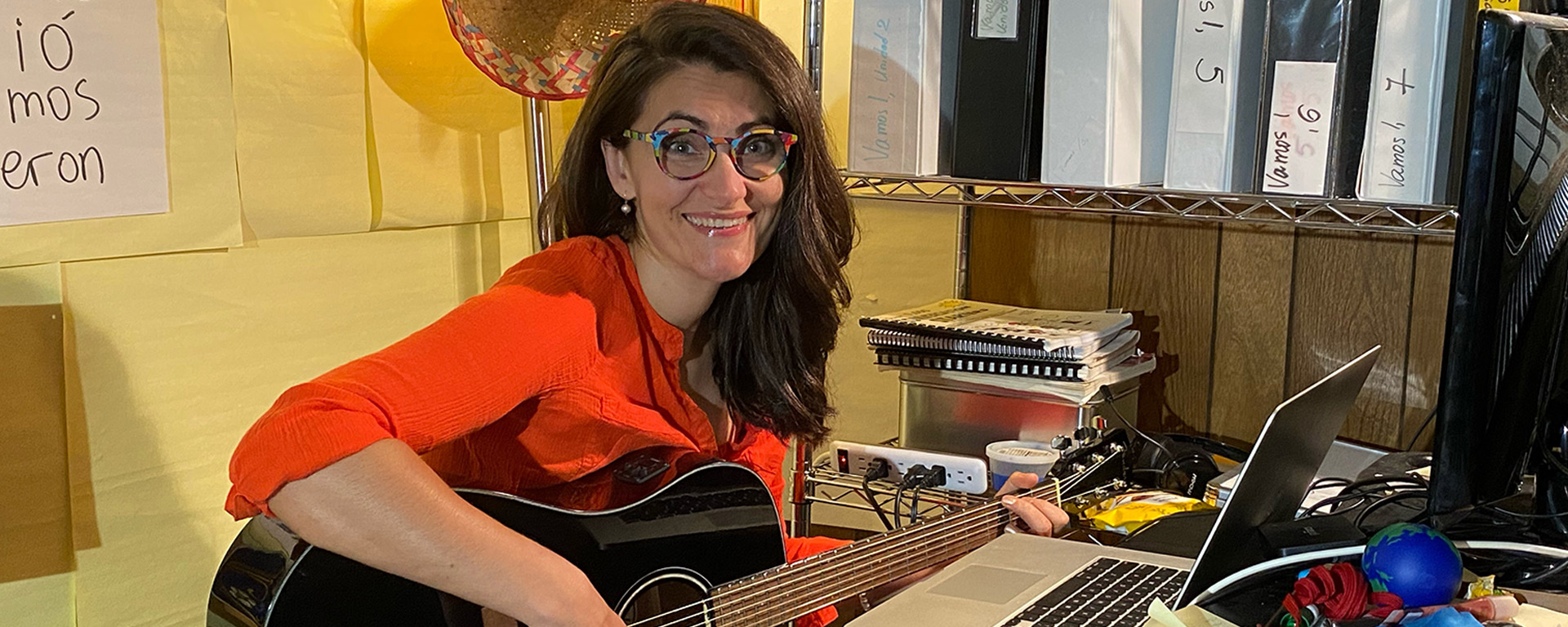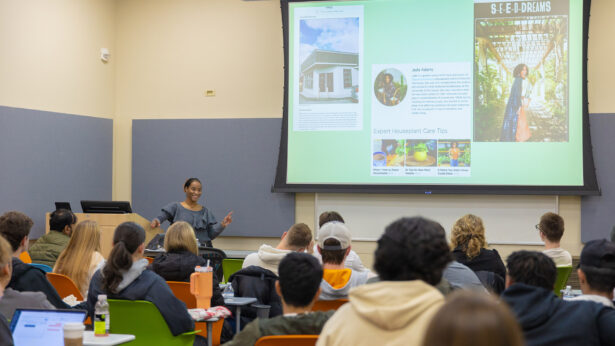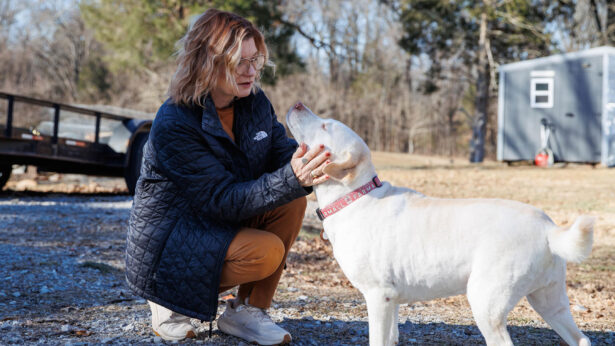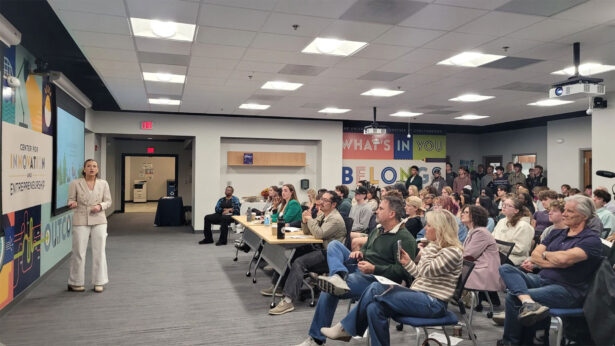It’s not unusual to hear the strains of guitar music coming from a classroom at the Tennessee Language Center (TLC) during a Spanish class. That’s because Spanish Instructor Maya Campbell incorporates music into her classes, especially at the beginning level.
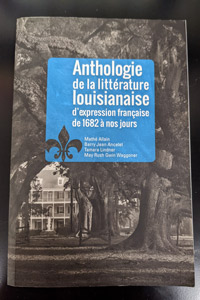
“I go with popular songs that students are likely to have heard and the lyrics echo in their minds; now they just put meaning to it. It is a natural process,” Campbell says. “The lyrics can reinforce vocabulary and grammar. For example, when they are learning ‘I am’ and ‘I am not,’ ‘La Bamba’ is the perfect song. ‘Yo no soy marinero. Soy capitan.’” The English translation—I’m not a sailor, I’m a captain.
Campbell said her students love when they finally understand the meaning of popular tunes.
The language center, which became a part of the UT Institute for Public Service in 2018, offers world language programs, language training, English classes, and interpretation and translation. Language training and English classes use music, film and other forms of art to help students learn.
“Language learning is much more than developing linguistic competence (e.g., vocabulary and grammar) through art, be it textual or visual. You are having the opportunity to access another perspective through another language, and this leads to intercultural competence and communication,” says C. Brian Barnett, director of world languages at TLC.
Several months ago, Barnett taught an advanced French class on Francophone Louisiana. He used the play Mille Miséres to show students an example of how Louisiana French vocabulary looked and sounded. Students read the play and watched a taped performance of it. In addition to exposing students to the language, the play examines the cultural conflict in Louisiana with keeping a French identity, language and traditions.
“I chose this play because its themes are relevant in understanding the French culture past and present in Louisiana,” Barnett says.
Another form of art that shows up in TLC’s Japanese classes is calligraphy. Calligraphy means the art of producing decorative handwriting or lettering, and in Japan it is known as shosha, which means character learning. The main obstacle in learning Japanese is the characters. Japanese is a language that uses a wide variety of character types, including hiragana, katakana and kanji, so learners of Japanese face this difficulty in the early stages. Calligraphy is an effective way to learn Japanese characters, which is the basis of Japanese language study.
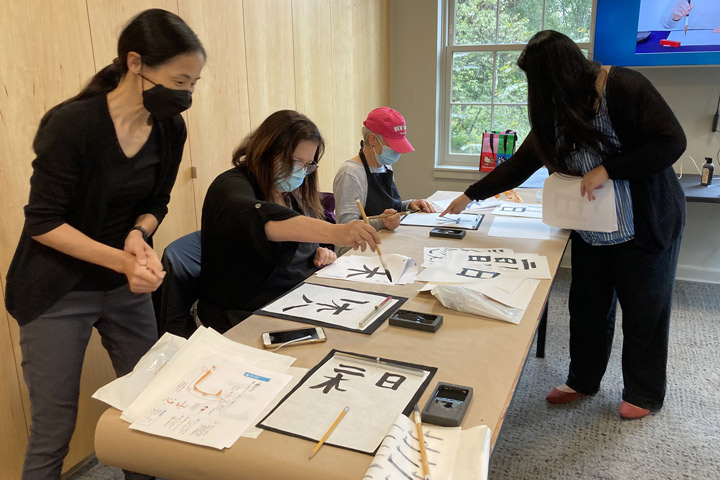
“The requirement for my class is to have completed Japanese Survivor 1 (beginner level). This is the A1 level where students learn about the history and usage of the characters used in the Japanese language, read and write hiragana, read and write katakana, and have learned a limited number of kanji,” Tomi Kawamura, instructor, says. “While this minimum requirement is an ideal level to start learning calligraphy, learning calligraphy at any stage from intermediate to advanced can make a significant contribution to one’s Japanese proficiency.”
Kawamura said many students comment that they didn’t realize how difficult it is to write just one stroke of a character, but they also express satisfaction with how it has helped them learn the language as well as the art of calligraphy.
